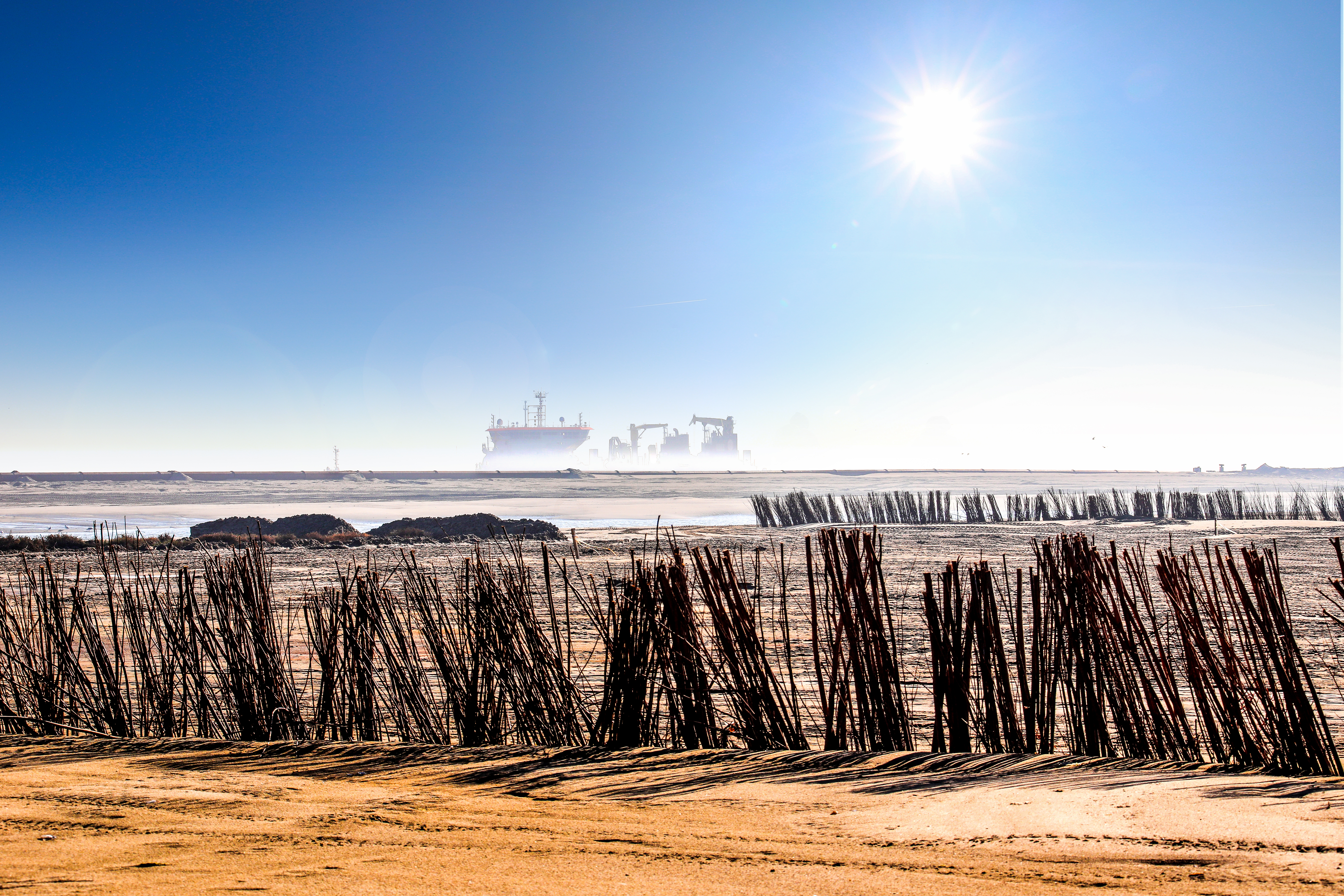The Planet, the Citizen and the Dredger

According to research by UNEP (United Nations Environment Programme), sand is currently the most exploited raw material after water, and its use has no less than tripled in the past twenty years. Entailing inevitable ecological, political, social and economical consequences.
It shapes today's world
Sand is the foundation of modern society. We use it to raise land, to protect coastal areas against storms and use it in concrete and tarmac, glass and microchips, even in toothpaste and chocolate. But if you remove it in the wrong place, coasts start to erode, ground water becomes saline and fishing grounds disappear.
Sand is not equally available around the world. Some countries seem to feel they have unlimited supplies, others satisfy their hunger for sand by digging in vulnerable areas like beaches and rivers. Or by chasing inhabitants off their grounds, often with disastrous consequences for man and environment.
More and more often large infrastructure and dredging projects are confronted with resistance or have to deal with permission issues. Campaign groups around the world are sounding alarm bells, even if there is no obvious solution or alternative. Providing an answer to those concerns is a mutual responsibility of governments, initiators, designers, contractors and stakeholders.
Jan Fordeyn
"Campaign groups around the world are sounding alarm bells, even if there is no obvious solution or alternative. Providing an answer to those concerns is a mutual responsibility of governments, initiators, designers, contractors and stakeholders."
Jan is Director Project Development & Conceptual Design at Jan De Nul Group
No head in the sand
GRID GENEVA, a partner of UNEP, assists governments in the management of sand supplies. In September 2023, they launched Global Sand Watch, a data platform that follows the activities of more than 8,000 dredging vessels. The platform shows how much sand is extracted at which place, how efficient rules are and how strictly they are applied.
Furthermore they published their report 'Sand and Sustainability' in 2022, calling on stakeholders to contribute to a more sustainable use of sand. The dredging industry actively takes to the stage to turn the tide. We have enormous amounts of valuable knowledge and experience at our disposal that can be utilised to turn negative impact into positive contributions.
Observing physical and ecological processes, for example, provides insights we use to create nature-based designs. The use of excess sediments from one project reduces the need for sand at another location. Open communication and involving local input, in turn, ensures a broad-based project. Thanks to operational and contractual flexibility, we are able to adjust when circumstances change. If there is one fundamental idea guiding us in all initiatives we take, it is the awareness that we are citizens first, and only then dredgers.
Sand as a resource
In cooperation with UNEP, IADC (International Association of Dredging Companies) published the paper 'Sand as a Resource'. It lists the various impacts of dredging activities, state possible solutions and mention practical examples. By spreading that knowledge to a broader audience, we hope to get a large and broadly based movement going that regards and treats sand as the precious resource it is.
Interested in knowing more? Read the paper 'Sand as a Resource' via the button below.